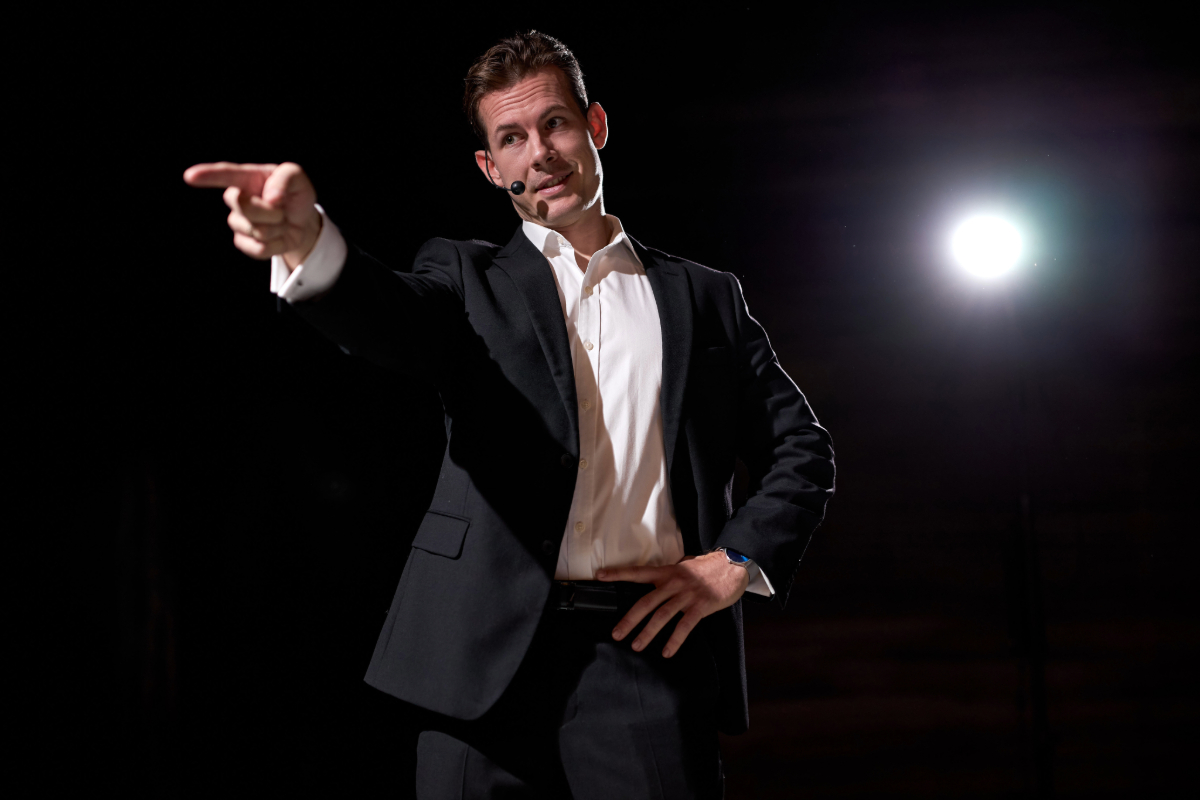Buy Diazepam 5Mg Online PART 4/5
Andrew Brackin, Partner at Gradient, Google’s AI seed fund also known for co-founding Vial, a tech-enabled clinical trial platform that raised over $100M in VC funding from top tier firms, led the enlightening workshop https://www.chrisflannery.com/case/zykibusy/ “Seed to Series A Fundraising” at the AI & Fundraising Startup Grind Summit 2024.
https://healthybalancebowentherapy.com/work/sobagocef/
Valium 5 Price https://naturallakeland.com/talks/zimomizyc/ The Andrew Brackin list of PRE SEED must haves:
https://healthybalancebowentherapy.com/work/ciceryloz/ At pre seed, Founders should have a great team, and a good idea with the beginnings of an MVP and be under a $10-12M market cap. Pre seed fundraising may also be under $1M, with accelerators fitting into this model. Brackin highlighted various pre seed programmes on offer such as the Sequoia Arc programme.
The Andrew Brackin list of SEED ROUND must haves:
Legit Xanax Online At seed stage, Founders should tell the story of how the business gets big
Founders should explain why they are the team to do it
https://healthybalancebowentherapy.com/work/jemyvyke/ Founders should give investors insights into how the start up will in the end become a significant company
Brackin admitted in the current landscape, Founders would now find it ever more difficult to raise or have success if the start up is not located in one of the key global tech hubs.
https://multilingualparenting.com/book/rydabevo/ A CBRE (Coldwell Banker Richard Ellis) Group report from 2019 still holds true in many ways, even today. According to insights from International Banker, “the real estate and investment firm conducted a study of Asia-Pacific’s leading tech cities by assessing 15 markets according to 20 factors under three major criteria: “business conditions”, which refers to the ease of doing business across such aspects as government policy, availability of funding and market size and competition; “innovation environment”, which covers the number and scale of start-ups, the quality of education and size of the talent pool, and public and private investment in research and development (R&D); and “cost and availability”, which is assessed according to occupancy and labour costs for a software engineer along with the availability of office buildings and tech parks.”
Buy Ambien Online No Script Brackin explained the slowdown in investment in 2024 due to interest rates of 5% that could discourage investment and highlighted that the reduction in M & As was also a factor. VCs he claimed were not deploying money as quickly as before into start ups due to changed economic conditions. Brackin furthermore declared that he in fact prefers Founders review burn rates. He would rather select a start up with “lower growth whereby efficiency was high, and the burn rate was low.”
https://lewisandweldon.com/award/calesezir/
Xanax Online Anxiety The Andrew Brackin SERIES A METRIC FOR INVESTMENT must haves:
The SERIES A METRIC FOR INVESTMENT according to Brackin centres around “finding product market fit and showing how the business will grow as a result. Founders should explain to investors the essence of a world changing category defining business and make the case for how their start up will return the fund, with proven go-to-market principles, and Founder-led sales versus first sales team to scale strategies in place.
At this stage Brackin would also be interested to see one or two quarters of good growth. Product market fit should also be stabilized with no churn. The fundamental characteristics for investing at this stage is consideration for repeat customers and product satisfaction, leading to customer retention. Brackin claims he is happy to see Founders who have managed to show how they have solved even a small piece of a big customer problem.
Brackin indicated that changes in the fundraising marketplace may see some start ups presenting at a higher level. The Seed stage used to be deployed for a start up fundraise initiating a concept MVP raise. Now a seed raise is more likely to include elements of traction and revenue. Brackin would hope to see two early customers to help to tell the story. SEED, Brackin estimates is almost halfway to SERIES A.
The BENCHMARK SERIES A enterprise SaaS metrics will assess how quickly the start up has achieved revenues. Brackin would prioritize a lower revenue, even four times less if the business shows there is less churn, a high retention of customers, and a sustainable customer acquisition strategy. “Year over year growth is not just total growth,” he asserts.
ENTERPRISE CUSTOMERS- Brackin is especially keen to see sales figure above $50,000 per customer. He smiles and shares with us that things “get even more interesting when the start up reaches levels of $100,000 per enterprise deal.”
The big question Brackin will want to know is, “Can you the Founder/ start up reliably acquire these customers and how?”
How does Andrew Brackin make decisions on which start up to fund?
BRACKIN: “It is easier to build a really cool AI product and demo, get early customers and reach ARR (annual recurring revenue) of £500k, but it is harder to build a MOAT.”
Brackin further asserts:
We look for a data MOAT
We look for a network effect around the business
Is the company building unique data sets that will give them an advantage?
What is the critical data strategy?
Brackin highlighted a Gradient investment into RAD AI that reflects the MOAT principle perfectly. RAD AI showcases how radiologists use the product, and over time, data sets get better.
Gradient does not specialize in consumer businesses but Andrew Brackin did share a couple of insights for those start ups raising in this space. Brackin states that direct to consumer businesses should focus on user acquisition and the quick to pay back with revenue principle. How quickly can the direct-to-consumer investment be paid back, or is it just a leaky bucket?? “Monetization is great BUT, significant churn is not helpful,” he claims.
Brackin also called for a broader assessment of the so-called “impressive growth and revenue ratio” of B2C tech start ups.
In summary, Gradient highlights its core offering to start up Founders as follows:
FOUNDER CENTRIC- we’re not just investors WE’RE BUILDERS, mentors and champions for our founders.
COLLABORATIVE- we work side by side with our Founders through challenges and triumphs.
TRANSPARENT- we build lasting relationships with our Founders grounded in trust and transparency.
BOLD- We champion disruptive ideas that have the potential to redefine industries.
ANDREW BRACKIN: SEED TO SERIES A FUNDRAISING SUMMARY NOTES
Brackin reiterated the need for Founders to focus on:
Building a credible team
Go to market know how
Team members should show to what extent they know the market
Team members should elaborate on how they are going to sell the product/ solution to the market
Enterprise grade solutions are key
AI Regulated industries equals a higher barrier to entry and therefore the “MOAT LOOKS MORE REAL,” Brackin claims.
The Startup Grind panel agreed on the whole that no revenue should be expected or requested by VCs at seed or pre seed stage. Validation and traction should be earmarked by factors such as building a transformative product and the high costs and resource that are attributed to this process by the start up Founders together with matching direction and velocity of customer engagement with those tools.








